Each month or so, we will feature a new set of STEM Luminaries (one each from Science, Technology, Engineering, and Mathematics) and a Conservation Leader from the Past and Present. There are many notable figures down through the ages that we’ve heard of-Galileo, Darwin, and Einstein, but what we plan to do here is to introduce you to names you may not have heard of, and that is where we begin. For each person, we will provide you with a couple of links, so you can learn more (with your parent’s permission.) If there is someone you think we should feature, let us know (Michael McDowell).
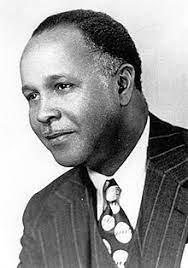
Dr. Percy Julian was born in Montgomery, Alabama in 1899. He overcame the prejudices of the south and earned a B.A. from DePauw University then a PhD from the University of Vienna where he study natural products chemistry.
When Dr. Julian returned to DePauw University in 1933, he, in collaboration with his colleague Josef Pikl, was the first man to synthesize the molecule physostigmine, a compound used to treat glaucoma. From this work, he became an internationally recognized expert on the subject of synthetic steroid synthesis.
If you would like to learn more about Percy Julian and with your parent’s permission, check out these links-Percy Julian (ACS) and Percy Julian (SHI).
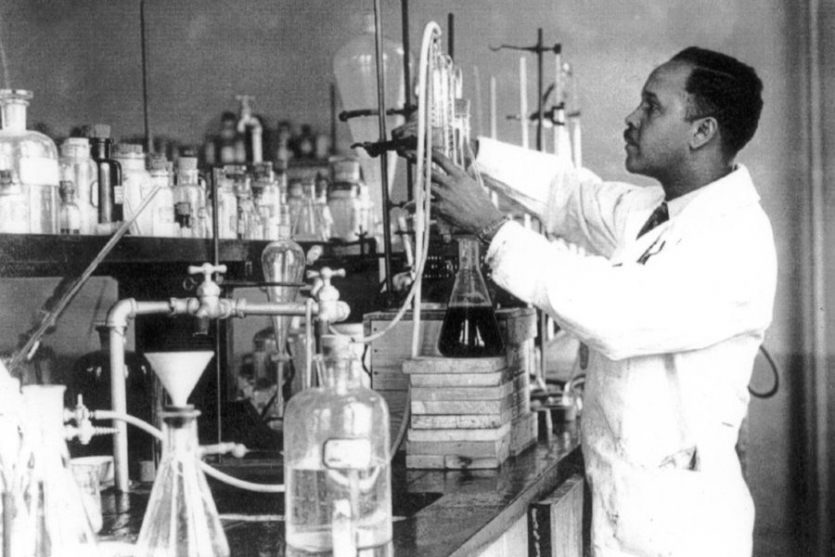
Dr. Walter Lincoln Hawkins was born in 1911. He had a difficult upbringing as he was orphaned as a young child. He was able to overcome these early challenges and pursued a degree in Chemical Engineering from the Rensselaer Polytechnic Institute and eventually a doctoral degree from McGill University.
He was the first African-American scientist employed at AT&T’s Bell Laboratories. At the Bell Labs, Dr. Hawkins developed new plastics that enabled universal telephone service at a very low cost.
If you would like to learn more about Walter Lincoln Hawkins, and with your parent’s permission, check out these links-Walter Lincoln Hawkins (MIT) and Walter Lincoln Hawkins (NSTMF).
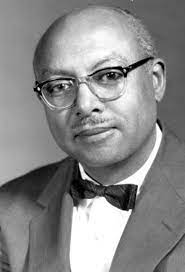

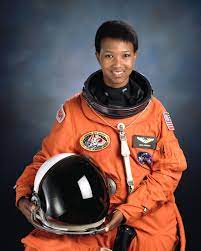
Dr. Mae Carol Jemison has the distinction of becoming the first African-American woman to travel in space. She achieved this milestone in 1992. Before that, Dr. Jemison graduated from Stanford University with degrees in Chemical Engineering and African-American Studies, then attended Cornell Medical School, served in the Peace Corps, then opened a private practice as a physician.
If these achievements weren’t enough, she was inspired by Dr. Sally Ride to apply to the astronaut program at NASA. She was selected from over 2000 applicants for one of the 15 members of Astronaut Group 12. She was also the first real astronaut to appear on an episode of Star Trek: The Next Generation.
If you would like to learn more about Mae Carol Jemison, and with your parent’s permission, check out these links-Mae C Jemison (Women’s History) and Mae C Jemison (Biography).
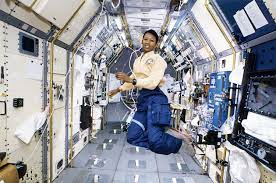
Katherine Johnson was born in 1918 in West Virginia. She was a very gifted mathematician, entering high school at the age of 10 and college at the age of 15. In 1939, she was one of the first African-American graduate students admitted to West Virginia University.
In 1953, Katherine Johnson joined the West Area Computing section at the National Advisory Committee for Aeronautics’ (NACA’s) Langley laboratory. She was critical to the success of John Glenn’s Friendship 7 space flight, which was portrayed in the movie Hidden Figures. Later, she would perform critical calculations for the Apollo missions.
If you would like to learn more about Katherine Johnson, and with your parent’s permission, check out these links–Katherine Johnson (NASA) and Katherine Johnson (NatGeoKids).
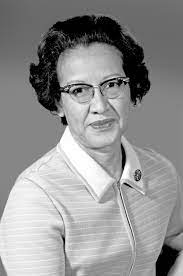
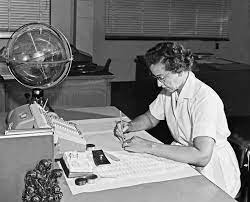
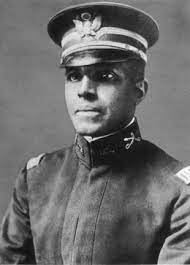
Colonel Charles Young was born in 1864 in Kentucky. In 1884, Charles Young entered West Point to become only the ninth African American to attend the Academy and was only the third to graduate. He was commissioned as a Second Lieutenant in 1889.
In 1903, then-Captain Charles Young would become the first African-American national park Superintendent when he and his troops were tasked to manage and maintain Sequoia National Park in northern California. In the summer of 1903, he and his troopers constructed roads and trails that other troops were unable to do in the years before them.
If you would like to learn more about Colonel Charles Young, and with your parent’s permission, check out these links–Colonel Charles Young (NPS) and Colonel Charles Young (BuffaloSoldiers).
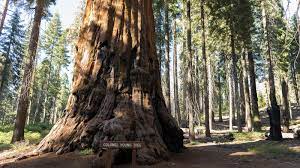
November-December 2021:
July-August 2021:
May-June 2021:
March-April 2021:
January-February 2021:
November-December 2020:
September-October 2020:
August 2020:
July 2020:
June 2020:
May 2020:
Our Office and Retail hours change occasionally. Follow this link to view our Current Business Hours.
1714 Everett Street
Alameda, CA 94501 | (925) 674-6130
1955 West Texas St. Suite 1
Fairfield, CA 94533 | (925) 674-6166
500 Contra Costa Blvd, Suite K2
Pleasant Hill, CA 94523 | (925) 674-8500
6601 Owens Drive, Suite 100
Pleasanton, CA 94588 | (925) 674-6100
© 2024 All rights reserved, Golden Gate Area Council, BSA
STEM
Order of the Arrow